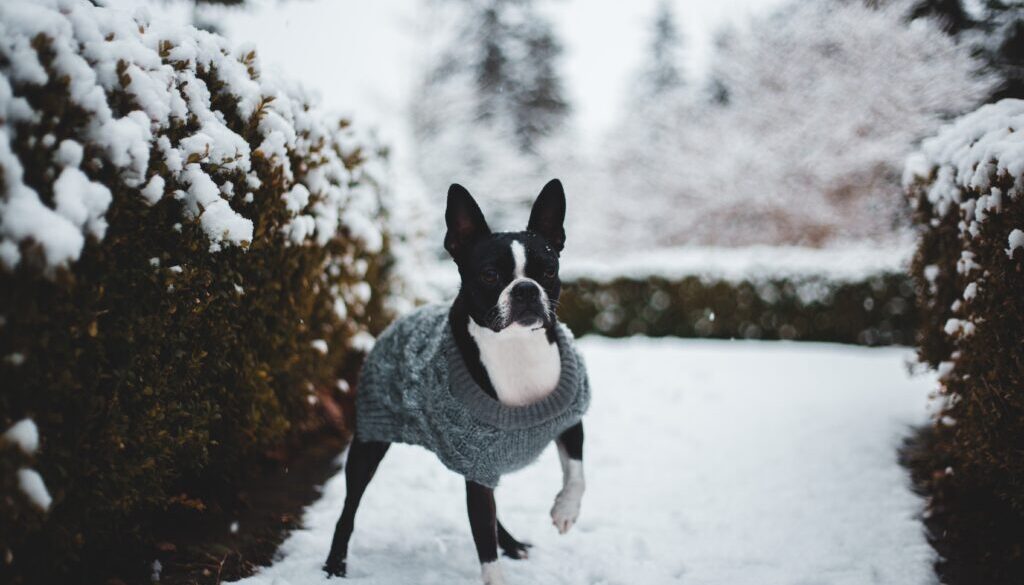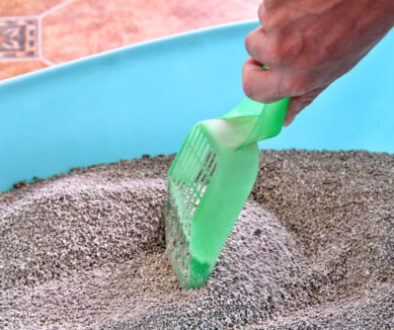Winter Walks: Protecting Your Dogs Paws
Most locations will receive snow, ice, or a wintry mix of weather over the next several months, and this can make your walks uncomfortable for your dog. What can you do? Keep reading for our best tips!
Bundle up! Your dog’s fur coat might look warm; however, some breeds don’t tolerate cold weather or precipitation well. Having some coats and hats for your pup not only keeps them comfortable but also gives them some fashion style, which can make walking them more enjoyable.
Increase visibility! During overcast days, dark-colored fur especially can make your pet hard to notice. Look for reflective leashes and collars, and purchase brightly-colored coats. If they happen to escape, this might make it easier to spot them.
Clear the way! Even dogs can slip on ice, so shovel and clean off your sidewalk and driveway for them. Regular de-icing salt will burn your dog’s paw pads, so look for a pet-safe ice melt product.
Use paw protection! Dog boots and paw wax will keep your pup’s paws from feeling the burn of ice or salt, as well as protect them from frostbite. Boots will prevent paws from being numb from the cold and from ice accumulating between toes.
Stay hydrated! During this dry time of the year, it’s easy for both people and pets to get dehydrated. Give your dog ample water before and after your walks. You might think they can just eat snow, but it can hold bacteria which will make them sick. And while being bundled up keeps them warm, it also can make your dog pant. This leads to more dehydration, as heavy breathing releases moisture needed to stay hydrated.
Dry off afterward! Keep a supply of towels near your home’s entryway to wipe down your dog’s fur and paws. Snow or ice residue gets caught in their fur, which leads to excessive licking or chewing which will irritate their skin further. Hairdryers can be used as well, to finish drying your dog’s fur.
Check for frostbite! Which areas should you look at? Any exposed skin – ears, nose, tail, and footpads. That skin will appear paler and colder than other areas, even after being inside for a while. It might eventually turn red and swell. Call your vet if you suspect frostbite.




